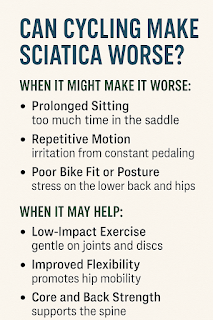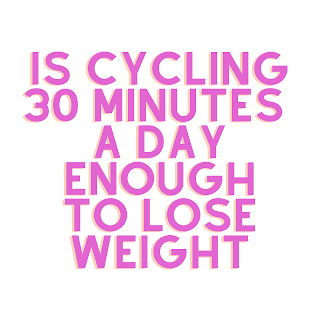How to Handle Road Rage when Cycling
This post may contain affiliate links. As an Amazon Associate, I earn from qualifying purchases.
Cycling brings so many good things into my life — fresh air, stronger legs, a clear mind, and a real sense of freedom. But every once in a while, something happens out there that reminds me how fragile that freedom can be when drivers forget we're human beings, not just obstacles on the road.This is a story I almost didn’t tell. But it’s important — because it speaks to something every cyclist has experienced in some form or another: disrespect, danger, and the kind of fear you never forget.
It Started Like Any Other Ride
It was a beautiful day, the kind that makes you grateful to be out pedaling. I came to a four-way stop, did what I always do — a full stop, checked the other directions, and waited for my turn. There was a car to my right, but I had reached the intersection just a little before it. It was my turn to go, and everything about the moment felt normal — until it wasn’t.
He Wasn’t Going to Stop
As I rolled into the intersection, I heard it — a loud, aggressive honk that jolted me out of the moment. The car I thought was yielding suddenly accelerated toward me, showing no sign of slowing down. I slammed the pedals and got out of there — heart racing — veering off to the shoulder as quickly as I could.
I hoped that would be the end of it.
It wasn’t.
The driver pulled up beside me, windows down, screaming and cussing, full of rage over something I still don’t understand. I don’t know what set him off — that I used the road legally? That I took “his” turn at the stop sign? Whatever it was, it escalated fast.
I reached into my jersey pocket — slowly, deliberately — and made it look like I might be armed. I wasn’t. But it worked. He took off, tires screeching, and I never saw him again.
It could’ve gone a lot worse.
We All Deserve to Be Safe
Look — I’ve been riding for decades. I’ve ridden across states. I’ve climbed canyons and flown down mountains. But I’ll tell you this: moments like that stay with you.
As cyclists, we’re not just out for a joyride. Many of us are training, commuting, or just trying to live a healthy life. And we have every legal right to be on that road.
I’m not asking for special treatment. Just mutual respect.
Drivers: We’re Not Your Enemy
I get it — traffic is frustrating. Life moves fast. But we’re not slowing you down on purpose. We’re doing our best to be safe, to be seen, and to follow the same rules you are. Sometimes we’re out there just trying to make it home.
A car weighs thousands of pounds. A bike weighs maybe 20. There is no such thing as a fair fight out there.
So What’s the Fix?
It starts with education. We need driver’s ed programs to include cyclist awareness — not just a footnote but a real discussion on sharing the road.
We need better infrastructure, too — more bike lanes, more signage, and more understanding from city planners that bikes aren’t going away.
And for both drivers and cyclists: respect each other. Cyclists should follow the rules of the road. Drivers should pass with space, yield when it’s right, and stop seeing bikes as annoyances.
We All Share the Road
That day shook me. But it also reminded me why I write this blog, why I tell these stories, and why I still get on my bike: because I believe things can change.
We’re all trying to get somewhere. Let’s make sure we all get there safely — with patience, empathy, and the understanding that everyone on the road has a story, a family, and a reason to keep going.
Let’s be better to each other.
🚴 Gear I Personally Use and Recommend
I personally use all of these and swear by them. They’ve helped me stay healthy, ride longer, and recover smarter.
-
Renpho Smart Scale — I use this one and it gives me a tremendous amount of information that has been integral to my weight loss and healthy lifestyle.
👉 Check it out on Amazon -
Giro Fixture MIPS II Helmet — I wear mine every ride. It is comfortable and it protects me.
👉 Check it out on Amazon -
Outdoor Essentials Cooling Arm Sleeves — I wear these to protect my arms from the damaging sun as I have skin cancer issues.
👉 Check it out on Amazon -
Przewalski Bib Shorts — I have multiple pairs of these. They cost a lot less than the others and last me longer.
👉 Check it out on Amazon -
Premier Protein Shakes — I drink one after every ride. They are low sugar and packed with protein to give me what I need.
👉 Check it out on Amazon
As an Amazon Associate, I earn from qualifying purchases. Your support helps keep this blog rolling.





Comments
Post a Comment
This site contains affiliate links. As an Amazon Associate, I earn from qualifying purchases. We may receive a small commission if you buy through links on this site — at no extra cost to you.